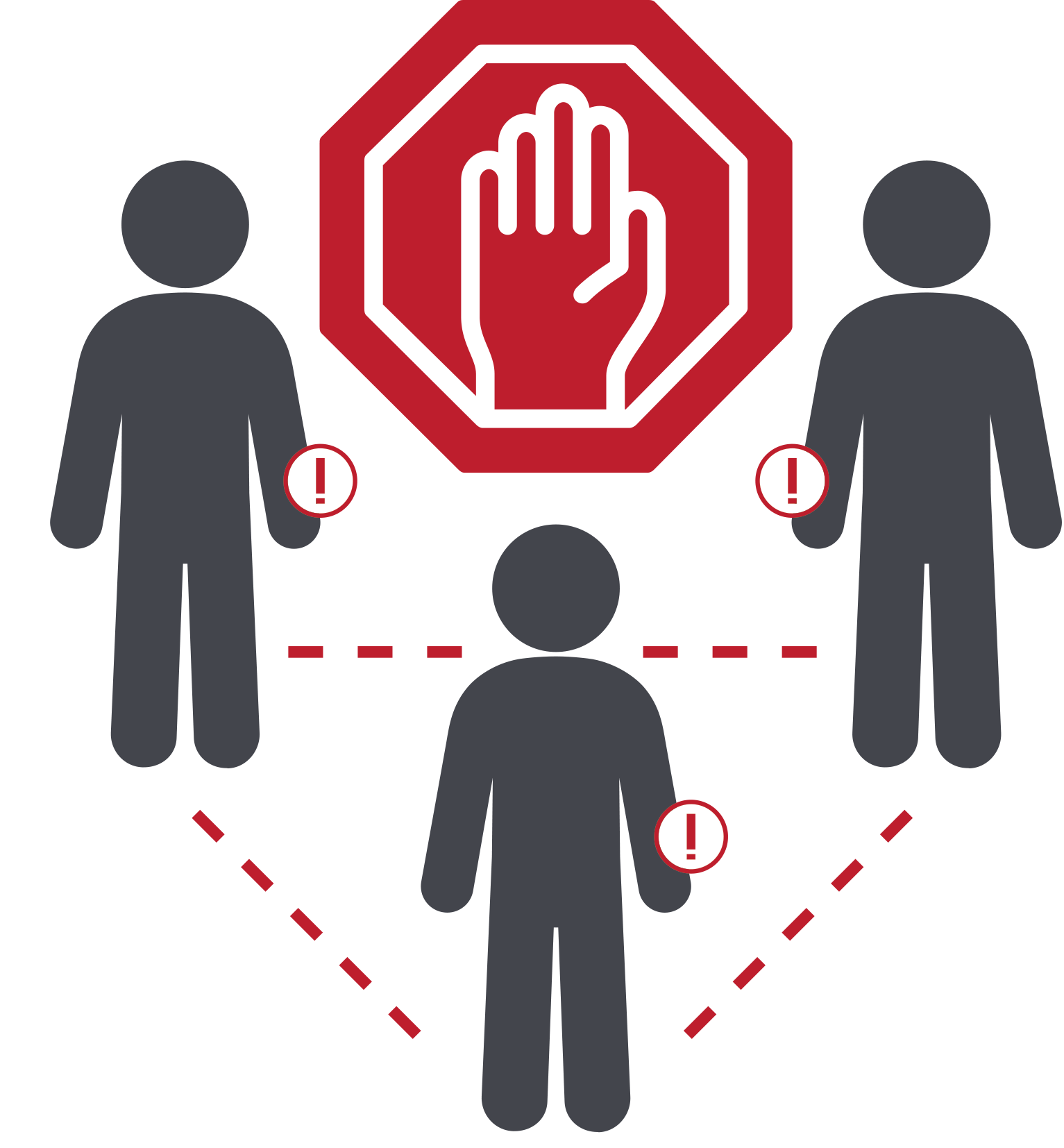Ricoh named as leader in print and document securtiy.
January 14, 2020
A new IDC MarketScape report has named Ricoh as a leader in global print and document security.
The report, “IDC MarketScape: Worldwide Security Solutions and Services Hardcopy 2019-2020 Vendor Assessment,” looks closely at Ricoh’s strategy, identifying the ways the company sets itself apart from competitors to deliver customer value as they protect, manage and connect the systems that form the backbone of modern business.
As digital transformation continues to take place across the globe, the report finds Ricoh’s portfolio is designed to address customers’ document and information security pain points and buyer needs across all verticals and company sizes.
Today’s workplaces are more connected than ever, which means keeping information safe is both a bigger and more important task. With this in mind, Ricoh employs a layered approach to security, starting with embedded device-level protection and expanding outward to include network protection, server security, embedded applications and more.
“Overall, Ricoh’s deep industry expertise, managed services
capabilities, and alignment with customer demand continue to position Ricoh
as a leader in providing offerings to address security in the print and document environment,” said Robert Palmer, Research VP for IDC's Imaging, Printing, and Document Solutions group.
Ricoh works to secure print and document infrastructure, built around “CIA” principles of privacy and security: Confidentiality, Integrity and Availability.
“We are constantly talking with customers, assessing evolving threats, and leveraging that on-the-ground intelligence to develop and adapt solutions that help keep information safe in a rapidly evolving digital world,”
said Yasuyuki Nomizu, Corporate Senior Vice President, Chief Information Security Officer, Ricoh Company, Ltd. “Security is one area in particular where Ricoh’s customer-feedback-centric approach really shines. It’s an asset in every aspect of the business, but when you have such a complex and ever-evolving issue like security, it’s really the most effective way to determine what solutions, features and functions will have the greatest impact on keeping customers’ data safe. We are always working to understand the threat landscape, and determine how that affects our customers, and results in developing proactive measures to help safeguard their information.”

The Halo wristband wirelessly senses other Halo devices in the vicinity and analyses Bluetooth signal strength to determine relative distance. Contact events when the relative distance between two devices is stored as a series of data events that can be collected from the Halo by the mobile app via a Bluetooth Low Energy (BLE) wireless connection.

Ricoh is using its innovative technology to 3D print and produce 40,000 face shields a week for NHS workers, designed to improve comfort and offer a re-usable solution to cut long-term costs.
Based in Telford, UK, Ricoh 3D is in discussions with medical establishments and NHS Trusts across the UK, after working around the clock to get effective protective equipment to the frontline using the rapid prototyping capabilities of additive manufacturing.

Canon can be found in homes and businesses all across the world and are well known for their cameras, printers and amazing advancements in technology.
Canon aims to make technology easy so you can focus on your business - big or small. Their range of products ranges from small and medium office printers to advanced software solutions and medical imaging.
But today we are bringing you something a little more lighthearted. We stumbled across this free online resource that anyone can use to keep yourself and the family occupied. There are 100s of free paper craft templates that you can print at home and start creating!

With the world news dominated by the Corona Virus pandemic, many are setting up our home offices and taking their printers too...
The option to work remotely or from home has become more and more popular in recent years. Especially with the advancement of wireless technology, managed print services and remote access to cloud storage. Not braving the rush hour to get into the office has never been so easy. However, with this new and disruptive pandemic sweeping the world, working from home has taken on a whole new purpose. It is not just about flex-ability anymore, remote work is safer.

Canon has been taking steps to minimise disruption while taking preventative measures to serve the best interests of employees and extended communities. They are committed to supporting the many business customers that are on the frontline in helping our communities confront the pandemic while they navigate this extremely difficult time.

As with most businesses, Xerox has established a COVID-19 Response Team that meets regularly to monitor developments and closely follow the guidance and advisories from governments and public health organisations.
They have updated us with their response to the COVID-19 pandemic and are taking a range of actions.

Ricoh group were quick to respond to the outbreak of the coronavirus and had established a Crisis Management Team back in January to stay onto of the ongoing situation and guidance from the World Health Organisation.
Ricoh has been evaluating putting action plans into place on a region-by-region basis to ensure the safety and wellbeing of their customers, employees and family's whilst also maintaining the supply of their products and services to its customers.
Here is what they have to say on their current operations and how they are planning for the future.

Whether you realise it or not, Colour is one of the most inspiring and influential things in many peoples lives and is an important channel that contributes to the perception of reality, emotion and mood.
Since 2008 this day has been celebrated with various various activities that are related to colour and perception. Colour can attract, influence, and even increase retention. Colour is and often underrated but powerful tool that can be used for any business and has so many applications. The way you present your company’s ideas with the use of colour in printed material is becoming an increasingly important issue.


